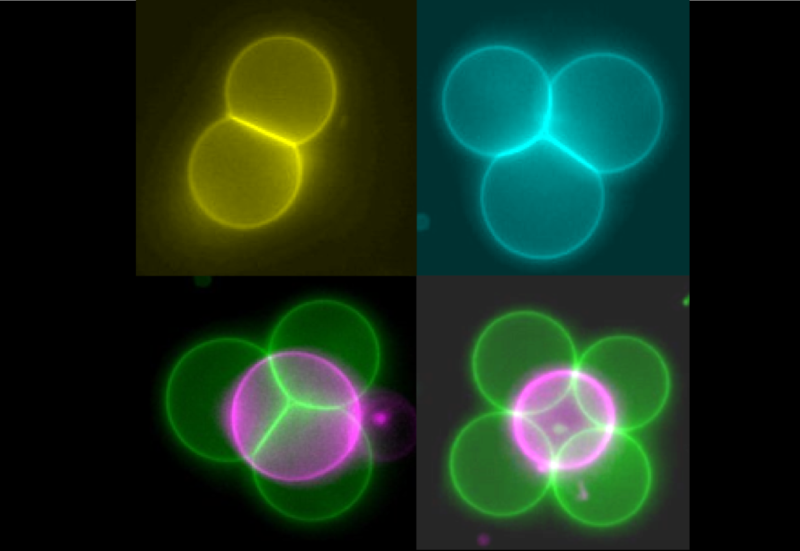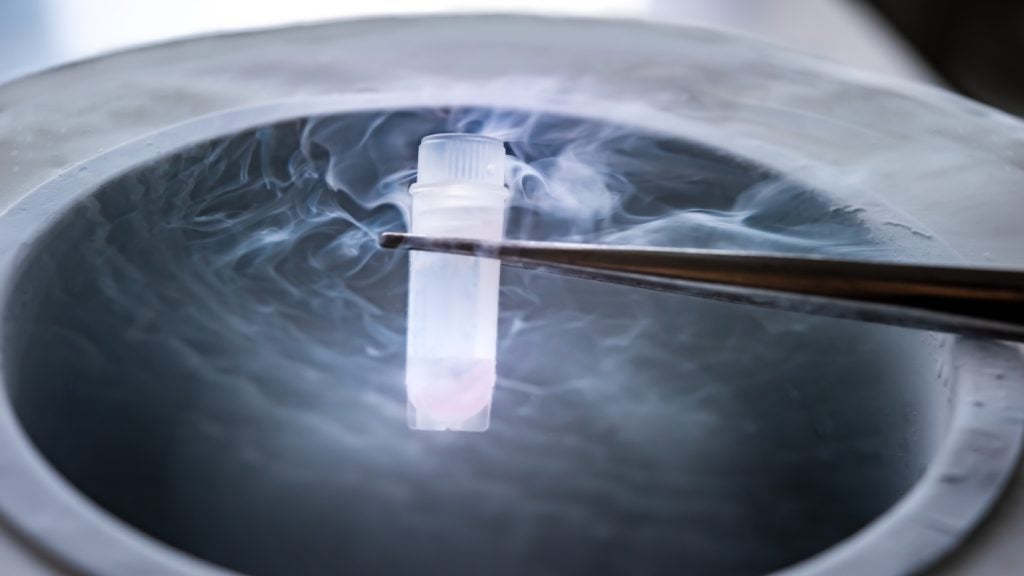
UK researchers have used tractor beam-like technology to connect, arrange and merge artificial cells, which could pave the way for delivering targeted drugs into cells.
The technology could also be used to change the composition and structures of artificial cells in real time.
Researchers from Imperial College London (ICL) and Loughborough University engineered the membrane-like exterior of the artificial cells to ‘stick’ to each other. In order to get the cells close enough to each other, the team had to firstly manipulate them with optical tweezers that act like mini ‘tractor beams’, dragging and dropping cells into any position.
“Artificial cell membranes usually bounce off each other like rubber balls. By altering the biophysics of the membranes in our cells, we got them instead to stick to each other like stickle bricks,” said Imperial College lead researcher Dr Yuval Elani.
“With this, we were able to form networks of cells connected by ‘biojunctions’. By reinserting biological components such as proteins in the membrane, we could get the cells to communicate and exchange material with one another. This mimics what is seen in nature, so it’s a great step forward in creating biological-like artificial cell tissues.”
The team engineered cell arrangements of varying complexity, including lines, 2D squares and 3D pyramids. Joining the cells with a tendril of membrane material allowed the structure to be moved collectively with a laser beam—or tractor beam—and rearranged.
How well do you really know your competitors?
Access the most comprehensive Company Profiles on the market, powered by GlobalData. Save hours of research. Gain competitive edge.

Thank you!
Your download email will arrive shortly
Not ready to buy yet? Download a free sample
We are confident about the unique quality of our Company Profiles. However, we want you to make the most beneficial decision for your business, so we offer a free sample that you can download by submitting the below form
By GlobalDataThe scientists were also able to merge two cells into one larger cell by coating the membrane with gold nanoparticles and concentrating the laser beam on the junction between the two cells. This causes the nanoparticles to resonate and break the surrounding cell membrane. The membrane then reforms as a whole and in the process mixes any chemicals that the cells were carrying, which could be key to delivering materials such as drugs into cells.
ICL department of chemistry professor Oscar Ces said: “Connecting artificial cells together is a valuable technology in the wider toolkit we are assembling for creating these biological systems using bottom-up approaches.
“We can now start to scale up basic cell technologies into larger tissue-scale networks, with precise control over the kind of architecture we create.”
The research was published in the journal Nature Communications and is one of the first results to come from FABRICELL, a virtual research centre led by ICL and Kings College London that brings together leading research groups working in artificial cell science in London.




